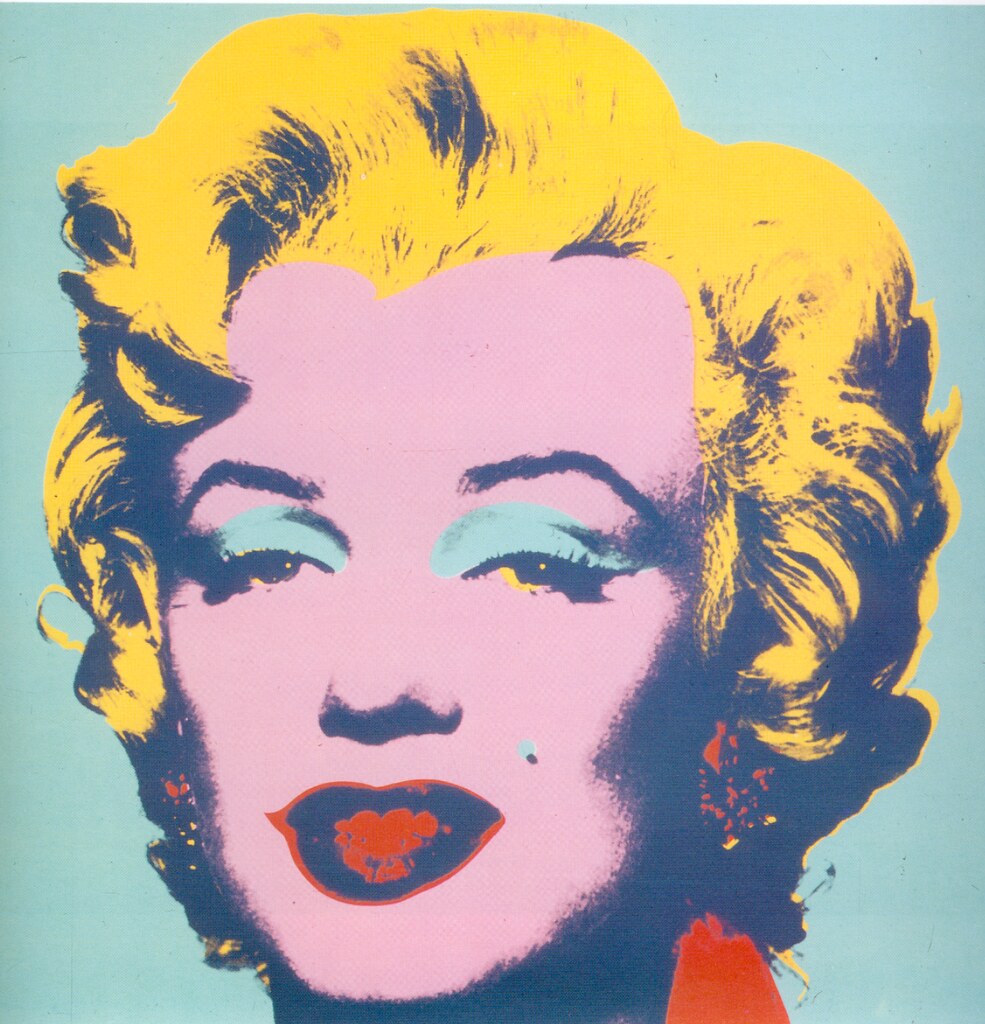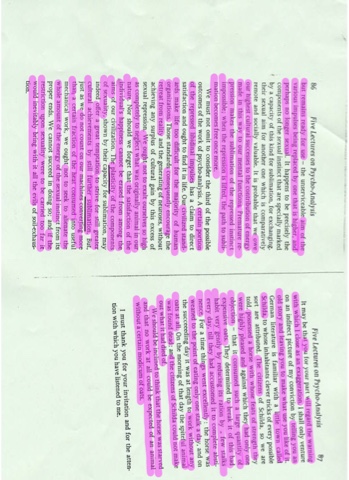Art and the Politics of Beauty:
Introduction
"Beauty and art were once thought of as belonging together.. however neither have come through avantgardist rebellion and modern social disruption unscathed. Their special relationship has, as a result, become estranged and tense." The connection between art and beauty has been challenged in the modern era and they are now somewhat alienated from each other and seen as entirely different fields.
Feminist critique of beauty: how the social status of women depends on and is defined by beauty.
"Beauty is often said to be impossible to define on account of the subjective nature of judgments of pleasure and taste." because beauty is subjective it is difficult to clarify one meaning. The subjectivity of beauty has not changed however modern thinking has made it even more difficult to define. (Marx and Freud)
Marx, Freud and Nietzsche develop "hermeneutics of suspicion". Hermeneutics is 'the branch of knowledge that deals with interpretation'. in which "beauty becomes not only subjective but controversial. In other words modernism introduces a politics of beauty."
"This collection (referring to this book) has been put together with the politics of beauty in mind. It is not devoted solely to beauty, as if beauty could be isolated like a botanical specimen from the social and political world, but rather an exploration of beauty's full relationship to the legacies of modernism and avantgardism, the rejection of beauty and the subsequent recent disavowal of that rejection." (Disavowal is 'the denial of any responsibility or support for something.) Modernism introduced politics to beauty and therefore beauty cannot be isolated, as is now completely submerged and involved in the social and political world.
"avant-garde movements such as Dada and Surrealism and the neo-avant-garde such as Minimalism and Conceptualism, recast beauty as ideologically complicit with political power, while simultaneously cultivating a sensitivity to the repressed value of ugliness, philistinism ('indifferent to culture and the arts'), shock or abjection (a feeling of depression)."
"the controversy about beauty appears to boil down to rival tastes, with traditionalists preferring order and beauty, while avant-gardists prefer disorder and shock."
"but under the surface there is another controversy about the very nature of beauty as a category of experience."
"two contradictory conceptions of beauty: one is that it is a purely private, subjective experience; and the other is the notion that it is always, inevitably socially inscribed." Subjective - opinion varies between each viewer. OR inscribed in society? what is viewed by society as a whole as beautiful. Consistent throughout society.
"draws out the tension between individual experience and the social structure."
"to see beauty as politically loaded is to brand private, subjective likes and dislikes as unintentionally but inextricably caught up with social codes and social divisions."
"competition, rivalry, antagonism, instrumentality and exploitation are characteristic of the salient structural relations of contemporary society... beauty gets tied up with design, style and marketing. Losing it's innocence in this way, beauty becomes to feel saccharine or even violent. This is why, for instance, modernism either eliminated (as in Cubism, Expressionism, Dada and Surrealism) or streamlined (as in Constructivism, Purism, Minimalism).
"with modernism... we have a new category of experience, the suspiciously beautiful." intriguing
"The avant-garde penchant for 'shock' simply could not have taken place if it did not at the same time subvert existing views of the beautiful." (penchant - liking or tendency to do something)
"The Dada, Surrealist or Constructivist gesture could not cause discomfort for the cultural and social elites if it presented its radicalism according to the taste of those very elites." to create an impression, it had to be controversial and unique.
"Beauty has become utterly contentious. Against this, the revival of beauty typically wants to place the individual in an unmediated, untroubled and de-cluttered relationship to the beautiful object."..."the controversy over beauty reasserts the modern dilemma that pits the individual against society by assuming (or insisting on) the individual's autonomy." (contentious - controversial, cause an argument) (autonomy - freedom from external influence, independence)
"Various ambitious contemporary artists have taken pleasure and critical purchase from the confusion and collapse of the distinction between beauty and... antonyms" (ugliness, the banal, ideology, chaos etc)
Other significant artists: Tomoko Takahashi, Liam Gillick, Jeff Koons, Pipilotti Rist.
Takahashi:
Immerses herself in waste, reclaiming unwanted and rejected items...converts disorder into order and ugliness into beauty.
Liam Gillick - modernist design, modernity, colour, light, structure
Jeff Koons - banality, pop, indulgence, advertising, commodity culture, sexual desire, guilty pleasures
Pipilotti Rist - risks vulgarity, unconventional version of beauty, aesthetics of suspicion, discovering itself performatively, finding things beautiful or finding a way of presenting things as beautiful.
"it would be wrong to suggest that the contemporary politics of beauty leads towards drab or clumsy art."
"beauty is not obliterated by the aesthetics of suspicion but it is expanded, twisted, shifted and split."
"if aesthetics is permformed in the way that gender is, then beauty exists at the tense intersection of the individual and society, with the individual neither fully subsumed nor fully free from social norms and cultural hierarchies."
"Beauty - like masculine, feminine or queer positions - is not something given but something that we do and something that we change."
"the controversy of beauty is rooted in the tension between individual and society that is endemic to modern capitalism"































